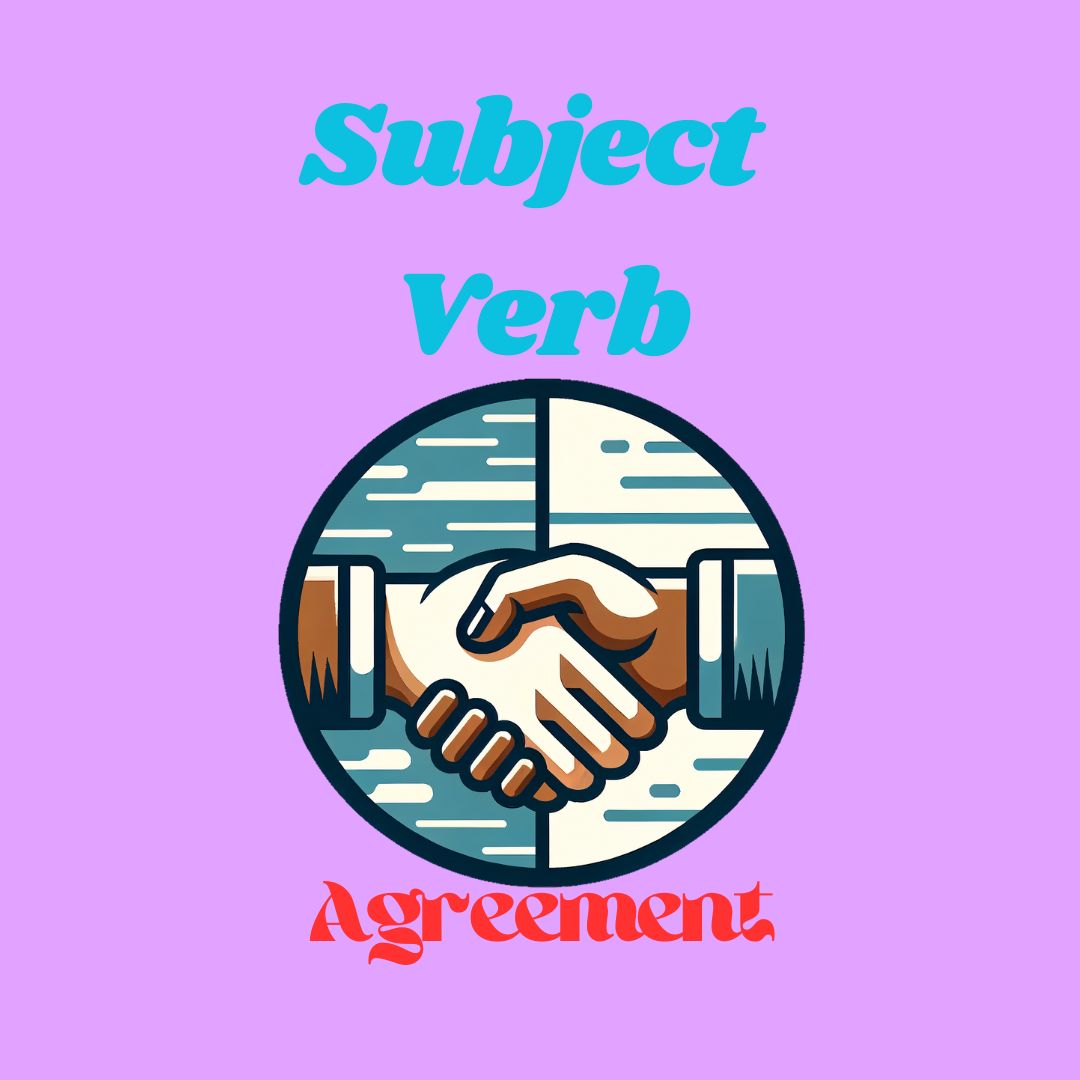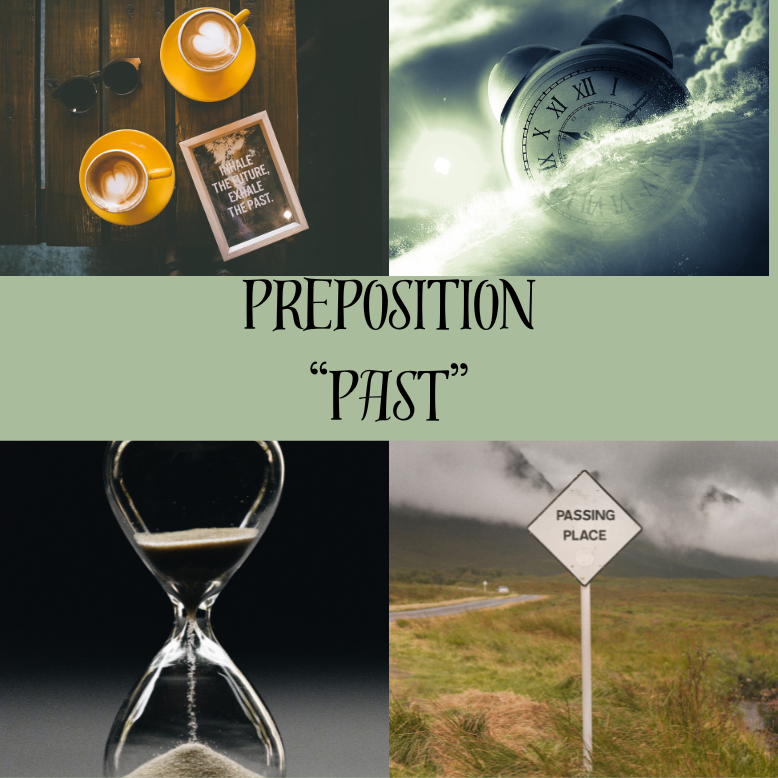Tag: that

Pronoun Exercises
Pronouns are words that substitute nouns in sentences to avoid repetition or add clarity. They come in various types, each serving a specific function:

Subject-Verb Agreement in English
Subject-verb agreement is a grammatical concept that refers to the proper matching of the subject and verb in a sentence. The basic rule is that a singular subject takes a singular verb, and a plural subject takes a plural verb. Example (singular): The cat is sleeping. Example (plural): The cats are sleeping. In these examples, cat is singular, so it takes the singular verb is, while cats is plural and takes the plural verb are. This agreement helps maintain clarity and grammatical correctness in sentences.

The Conjunction
A conjunction is a fundamental part of grammar that serves as a link or connector between words, phrases, clauses, or sentences. Conjunctions are essential for constructing coherent and well-structured sentences. They help establish relationships between different elements within a sentence, making the text more readable and conveying precise meaning.

Preposition – “Past”
Spatial Meaning: Indicating Movement or Position in Relation to Something Else: He walked past the park. (indicating movement in relation to the park)

Pronunciation of letters-i, I, j, g, w, qu and letter groups – au, ou, kn, ture, sh, ch, th, gh in English
Digraphs au and ou before ght: When the digraphs au or ou appear before ght in English words, they are often pronounced as a long vowel sound similar to [ɔː].Voiced fricative sound th: In function words (like articles, pronouns, and certain common words) and at the end of significant words between vowels, the combination th is often pronounced as a voiced interdental fricative sound [ð].